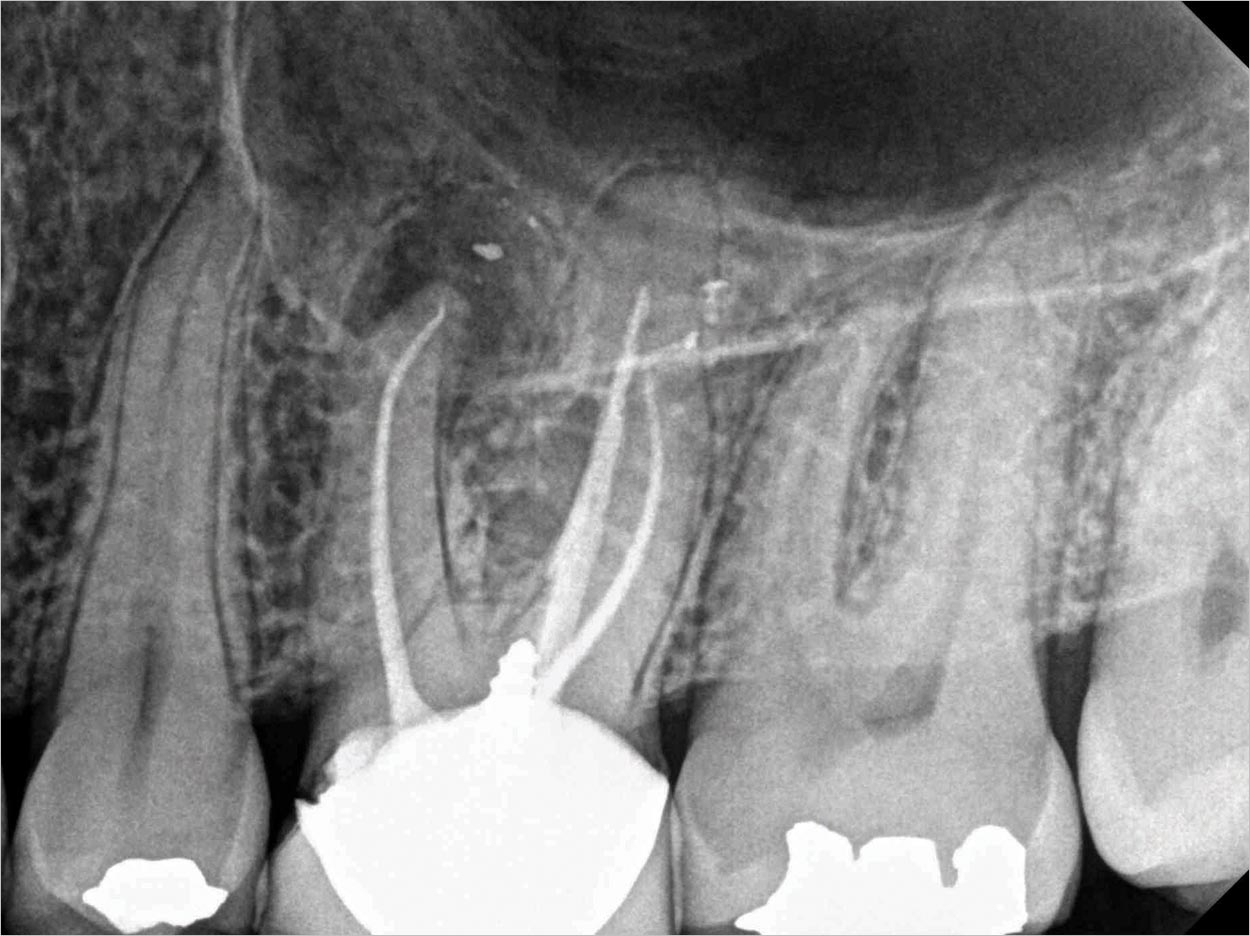
When a tooth is damaged by decay or trauma, the living tissues that comprise the sensitive inner dental pulp become exposed and vulnerable to harmful bacteria. Once infection takes hold, few treatment options such as root canals and tooth extractions are available to alleviate the painful symptoms.
Now, researchers at the Tufts University School of Dental Medicine (TUSDM) have shown that using a collagen-based biomaterial to deliver stem cells inside damaged teeth can regenerate dental pulp-like tissues in animal model experiments. Their study supports the potential of this approach as part of a strategy for restoring natural tooth functionality.
“Endodontic treatment, such as a root canal, essentially kills a once living tooth. It dries out over time, becomes brittle and can crack, and eventually might have to be replaced with a prosthesis,” said senior author Pamela Yelick, PhD, professor at TUSDM and director of its Division of Craniofacial and Molecular Genetics.
“Our findings validate the potential of an alternative approach to endodontic treatment with the goal of regenerating a damaged tooth so that it remains living and functions like any normal tooth,” Yelick said.
The researchers examined the safety and efficacy of gelatin methacrylate (GelMA), a low-cost hydrogel derived from naturally occurring collagen, as a scaffold to support the growth of new dental pulp tissue. Using GelMA, they encapsulated a mix of human dental pulp stem cells obtained from extracted wisdom teeth and endothelial cells, which accelerate cell growth.
This mix was delivered into isolated, previously damaged human tooth roots that were extracted from patients as part of unrelated clinical treatment and sterilized of remaining living tissue. The roots were then implanted and allowed to grow in a rodent animal model for up to 8 weeks.
The researchers observed pulp-like tissue inside the once empty tooth roots after 2 weeks. Increased cell growth and the formation of blood vessels occurred after 4 weeks. At the 8-week mark, pulp-like tissue filled the entire dental pulp space, complete with highly organized blood vessels populated with red blood cells.
Also, the researchers observed the formation of cellular extensions and strong adhesion into dentin. They saw no inflammation at the site of implantation and found no inflammatory cells inside implanted tooth roots, which verified the biocompatibility of GelMA.
Control experiments involving empty tooth roots or tooth roots with only GelMA and no encapsulated cells showed significantly less growth, unorganized blood vessel formation, and poor or nonexistent dentin attachment.
According to the researchers, the results support GelMA-encapsulated human dental stem cells and umbilical vein endothelial cells as part of a promising strategy to restore normal tooth function.
However, they note that the study was limited to partial tooth roots and did not examine nerve formation in regenerated dental pulp tissue. They also emphasize the need for additional safety and efficacy studies in larger animal models before human clinical trials can be considered.
“A significant amount of work remains to be done, but if we can extend and validate our findings in additional experimental models, this approach could become a clinically relevant therapy in the future,” said Yelick. “Our work is early stage, but we are excited for the possibility of someday giving patients the option of regenerating their own teeth.”
The study, “GelMA Encapsulated hDPSCs and HUVECs for Dental Pulp Regeneration,” was published by the Journal of Dental Research.
Related Articles
Stem Cells Could Be Used to Repair Skull and Face Bones
Jawbone Stem Cells Help Repair Damaged Cartilage
Stem Cells Investigated for Enamel Growth












